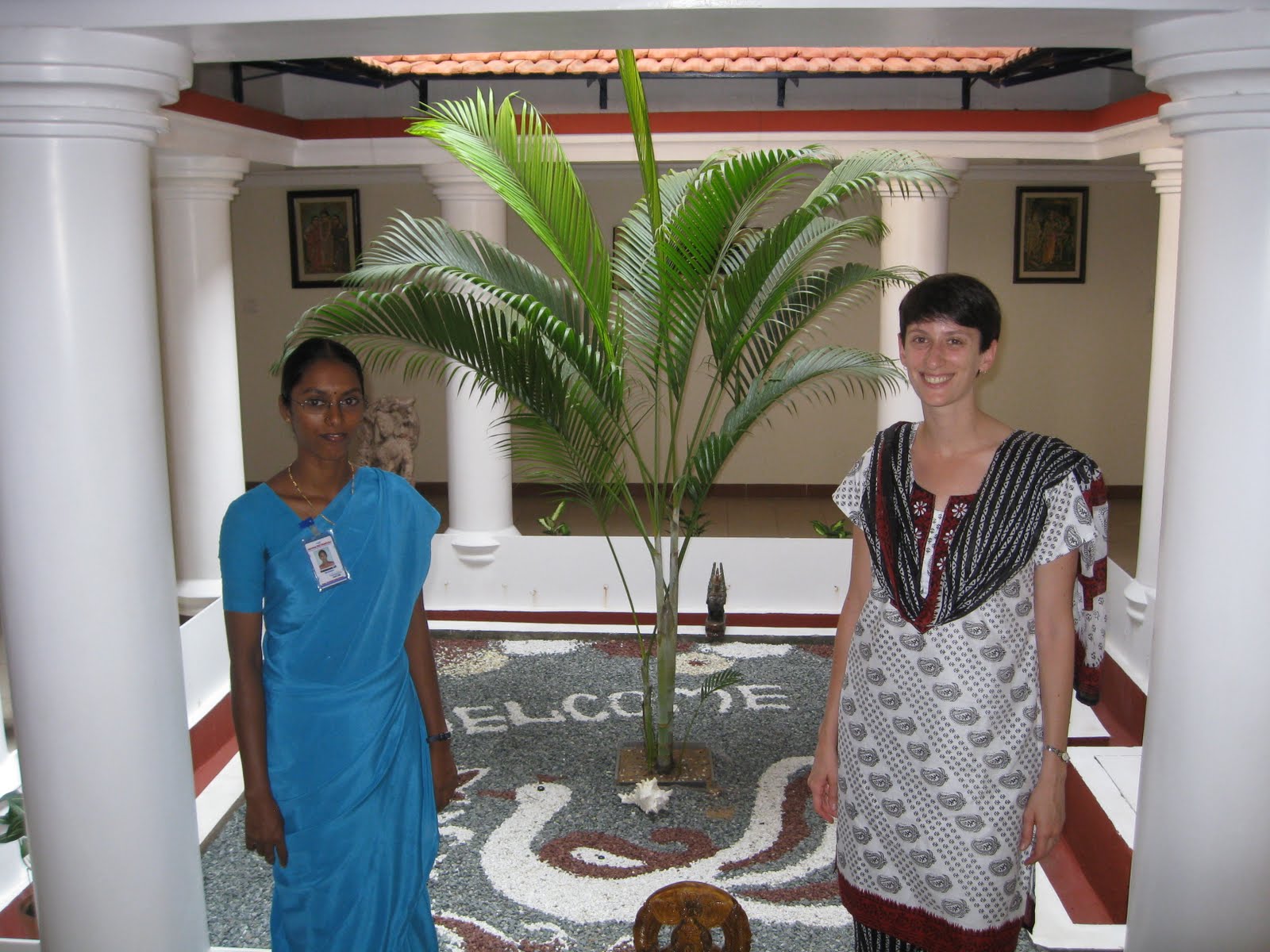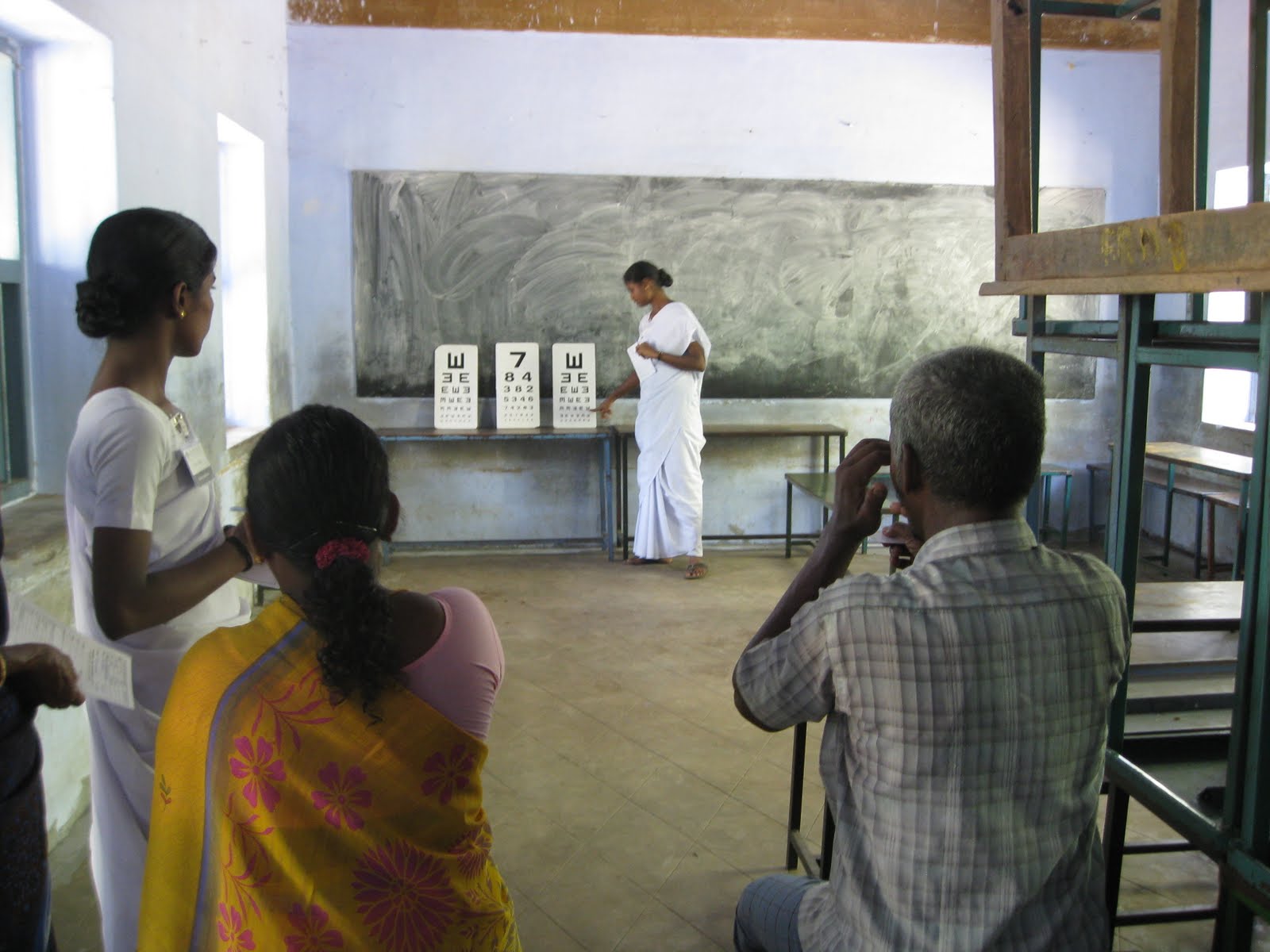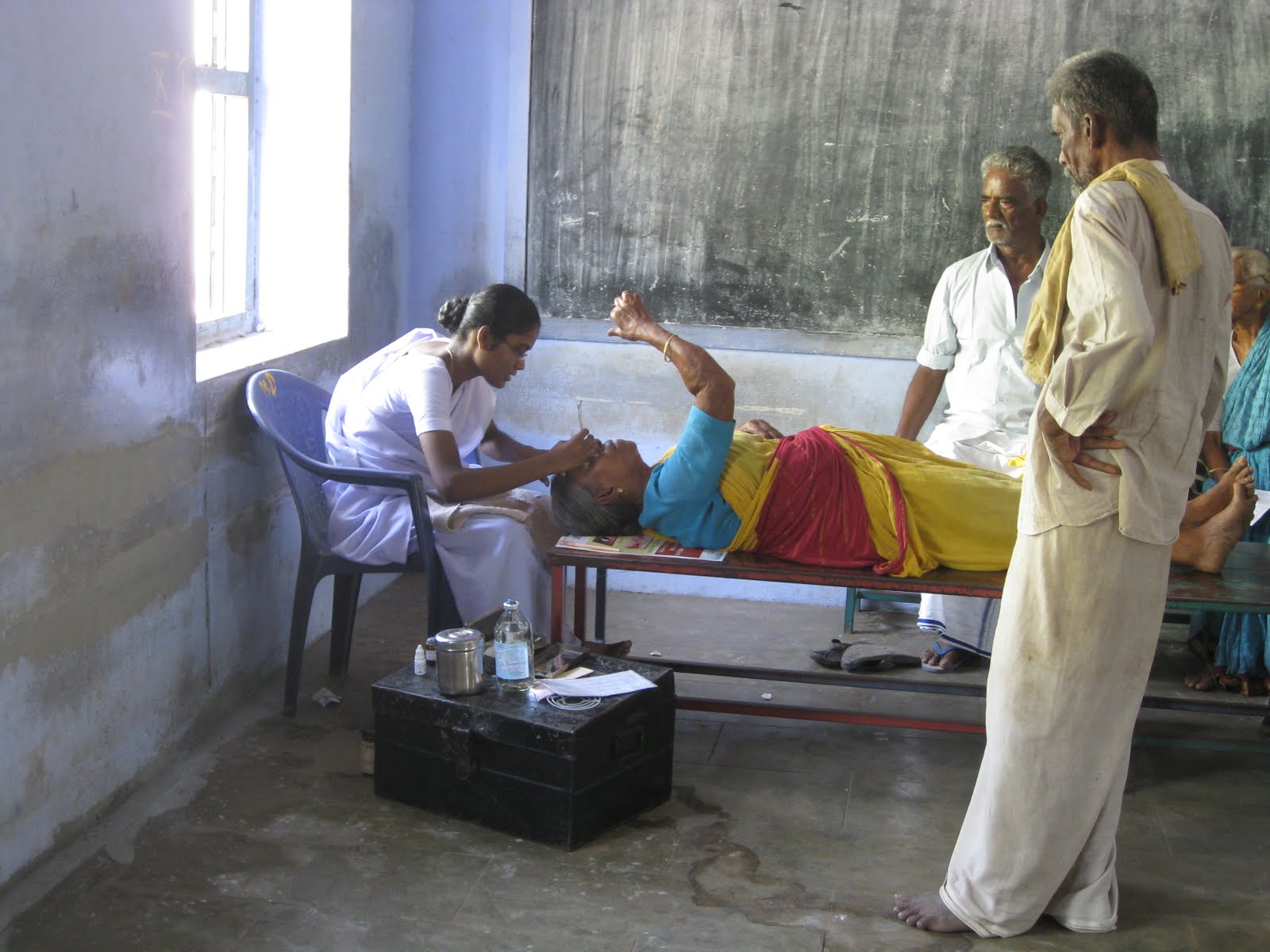Aravind in India
The Aravind Eye Care System can only be described as inspirational. As originally founded by the visionary Dr. Venkataswamy in 1976, its mission is to eliminate needless blindness, at least in India if not the world. Before coming to India and witnessing first hand the work that they do here, I considered this to be a nothing more than a dream. But after seeing the work that they do here and the fervor with which Aravind employees at all levels of the organization work towards the cause, I can see that they are diligently moving towards making their dream a reality.
Every action that Aravind takes is meant to ensure that its ability to reach more patients is expanded. The project that we are working on, for example, is to develop a strategy for a Central Operations Division. This division will serve as a resource to help all hospitals in the Aravind system function more efficiently so that they can see more patients. Brian already touched on the situation at the hospitals, so for the purposes of this blog I don’t want to focus on our project. Instead, I want to tell you the story of the eye camps.

In acknowledgement of the fact that many of those that need Aravind’s services the most do not live close enough to the main hospitals to make the trip, each Aravind hospital conducts eye camps in surrounding villages. Aravind conducts over 2,000 eye camps each year, reaching more than 450,000 patients that otherwise may not have received eye care services of any sort (not to mention the 75,000 surgeries provided to these patients).
We had the pleasure of attending a local eye camp just last week in Nilakottai. The camp was held inside a school (it is currently summer vacation) and was co-sponsored by a local microfinance organization. The co-sponsor took care of the marketing and outreach to ensure that locals knew about the date of the camp. In the 4.5 hours that the camp was up and running, the 2 doctors present saw 208 patients (apparently this was a slow day for them). Though the doctors saw each and every patient, the majority of services were provided by the nurses (a.k.a. sisters). The sisters did preliminary screenings, conducted refraction, and tested the intraocular pressure of those that needed it. In addition, they had an on-site station for making eyeglasses (see the picture below of the sister polishing one of the newly made lenses). At the end of the day, 26 people were taken back to the hospital for sight-saving cataract surgery (again, on the low-end of what they normally get), and about 20 pairs of eyeglasses were made (on-site, not the 2 weeks it took to make my reading glasses). Just one day in the life of an Aravind eye camp means the world for a patient who has had their sight restored, and hence their ability to help contribute to the family’s income.
As Aravind continues to grow and progress towards its mission of eliminating needless blindness in India, they will continue to look for ways that they can be more efficient and see more patients each and every day. If our project can even move them one step forward in this journey, I will know that we would have made a difference in the lives of many.
—Sarah Weinberger




